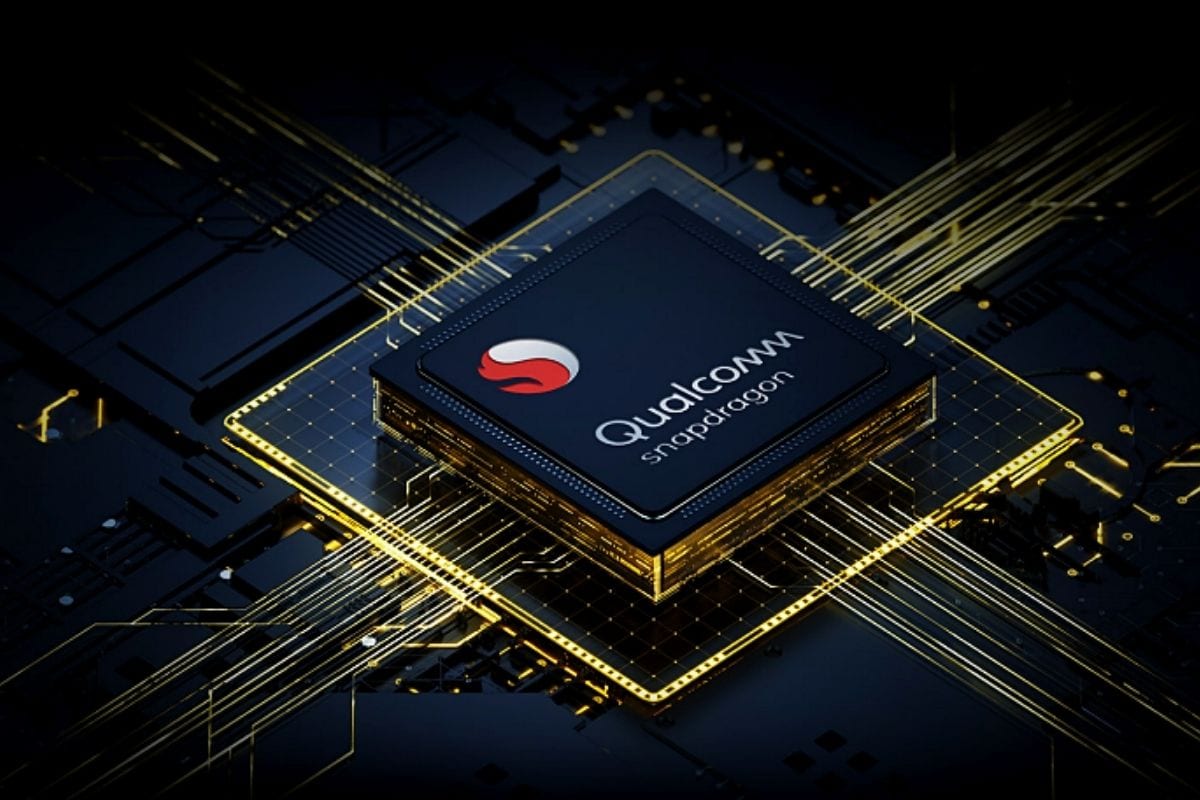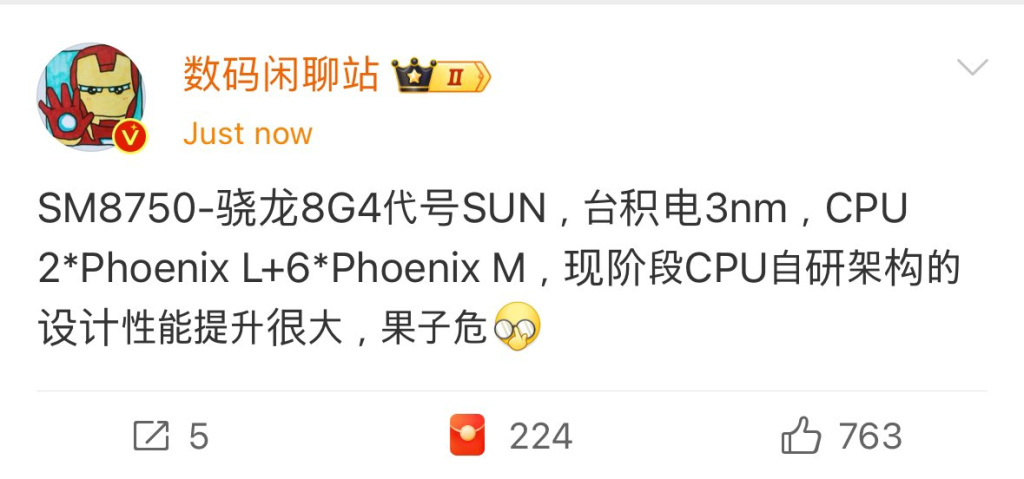Snapdragon 8 Gen 4 to Drop Little Cores for Better Multi-Core Performance, Codenamed “Sun”

Qualcomm’s Snapdragon 8 Gen 4 is positioned to be one of the most significant generational upgrades in a smartphone SoC. Not only will it transition to a 3nm process node, but it will also bid farewell to the ARM Cortex cores in favor of the custom, more powerful, and efficient Nuvia cores.
It has been confirmed that the SoC will be manufactured exclusively by TSMC, specifically on their “N3E” process and will apparently have a pretty interesting configuration. Similar to MediaTek’s Dimensity 9300, the SoC will be dropping the low-power little cores.
Snapdragon 8 Gen 4 Ditches Low-Power “Little” Cores for Multi-Core Boost — Relying on 3nm to Compensate for Efficiency
According to tipster Digital Chat Station (DCS), the Snapdragon 8 Gen 4 will feature an octa-core design with two big “Phoenix” cores and six mid-tier “Phoenix” cores (2+6). With no little cores this time, Qualcomm’s flagship SoC will potentially see much better multi-core scores and will compete directly with Apple Silicon.

In fact, some early benchmarks have already revealed that the Adreno 830, the GPU of the 8 Gen 4, is faster than Apple M2‘s graphics processor. Naturally, with the absence of low-power CPU cores, the efficiency is expected to take a hit, but TSMC’s 3nm process node will dampen the effect of the absence of little cores.
After all, Snapdragon 8 Gen chipsets have been slowly cutting down on its little cores every year, with the 8 Gen 2 coming down from four 1.8GHz Cortex A510 efficiency cores to three 2.0GHz Cortex A510s. This year, the Snapdragon 8 Gen 3 upgraded the A510 to A520 but again, reduced an efficiency core while clocking each of the other ones higher at 2.3GHz.
It has also been confirmed that Snapdragon 8 Gen 4 (SM8750) will be codenamed “Pakala,” and on the software end, it’ll be codenamed “Sun.” The 8 Gen 3 for instance, was codenamed “Lanai,” meaning that Qualcomm names these chipsets based on Hawaiian cities’ names.
Other than that, the switch to Nuvia cores will sure be intriguing since for the first time in a long time, Apple Silicon will face tough competition. This year, Qualcomm couldn’t go with 3nm for the 8 Gen 3 due to yield, limited supply and pricing issues, but next year’s Gen 4 will place it right alongside the best.
This is all we know for now, but rest assured that we will keep you updated as new information becomes available.


